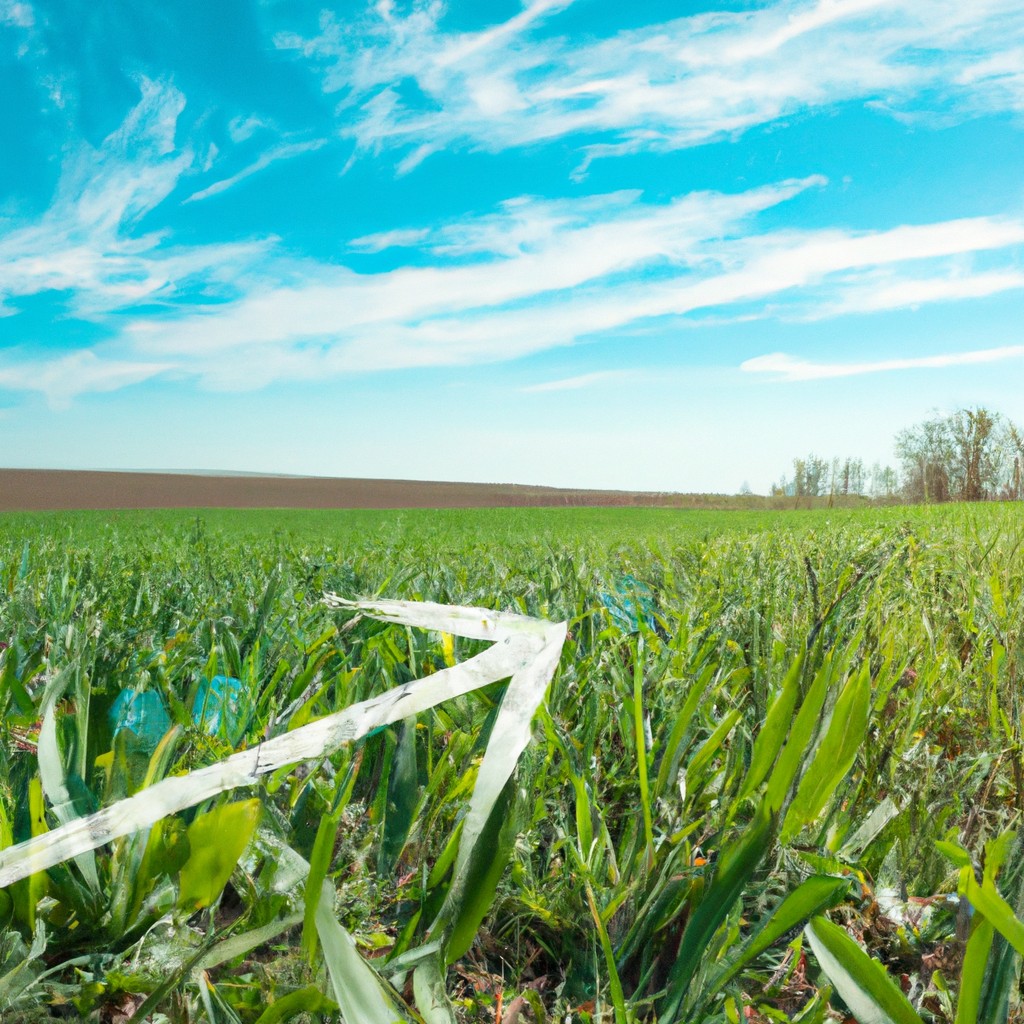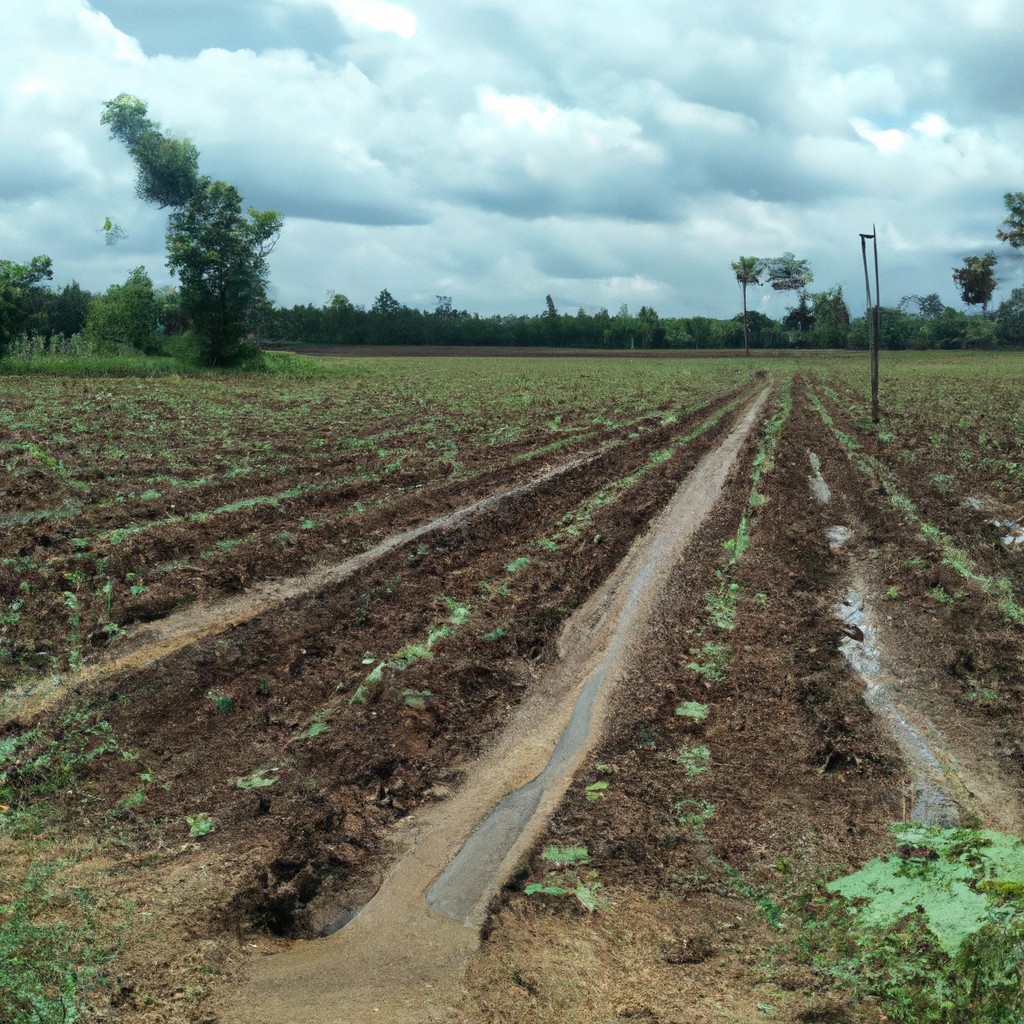Monocropping refers to the agricultural practice of growing the same single crop on the same land year after year, and in this article, you’ll learn about its pros, cons, and environmental impact.
Look Inside:
Definition and Basic Concept

Growing one type of crop year after year on the same plot of land. Sounds convenient, right? This is the basic idea behind planting the same crop repeatedly.
- Why it’s simple:
- Farmers can use the same machinery, reducing costs and making farming easier.
- Knowledge and expertise on a single crop lead to potentially higher yields.
- Scheduling and managing become a breeze with predictable planting and harvesting times.
So, what’s not to love? Well, stay tuned.
Environmental Impacts
Picture this: a vast sea of corn stretching as far as the eye can see. Sounds like a dream, right? Unfortunately, it’s more of a nightmare for the environment.
First off, when you farm the same crop repeatedly, the soil turns into a cranky old man deprived of nutrients. It’s like eating only pizza every day; eventually, you’re going to need some veggies.
Also, monocropping can be a water hog. Specific crops often require specific irrigation schedules, leading to overuse and depletion of local water resources.
Then there’s the issue of soil erosion. With no diverse root systems to hold it in place, soil literally washes away with rain, leaving the land looking like it’s got a bad case of dandruff.
Let’s not forget biodiversity. A single crop means a monotonous habitat. Bugs, birds, and other critters pack their bags and leave for greener (or rather, more varied) pastures.
So, while that uninterrupted field of corn might look pretty, the behind-the-scenes drama is anything but.
Economic Disadvantages
Growing only one type of crop is like putting all your eggs in one basket—except the basket is on a tightrope, and there’s no safety net. When a farmer relies on a single crop, they’re at the mercy of market fluctuations. If the price of that particular crop drops, profits can plummet faster than you can say “corn crisis.”
Also, bet you didn’t think about input costs! Monocropping often requires expensive fertilizers and pesticides to keep yields high. These costs can add up, draining the farmer’s wallet quicker than a kid in a candy store.
And let’s not forget about soil degradation. Over time, the soil becomes less fertile, meaning more money must be invested in fertilizers—it’s like throwing cash into a black hole.
In case of a bad harvest due to pests, diseases, or weather, there’s no backup. Diversified farms, on the other hand, have multiple crops to rely on, ensuring some income even if one crop fails. Monocropping is high risk, high stress, and sometimes, not-so-high reward.
Pest and Weed Resistance
While monocropping may look efficient, it unintentionally rolls out a green carpet for pests and weeds. Picture it like an all-you-can-eat buffet for insects – they get the same crop year after year, allowing them to munch happily and multiply.
One major issue is that pests and weeds can adapt faster than a teenager to the latest TikTok trend. They become more resistant to pesticides and herbicides as they’re exposed to the same ones over and over. It’s like pests are hitting the gym while herbicides stay at home playing video games.
Moreover, since there’s no crop diversity to mix things up, weeds that can thrive alongside the specific crop will dominate the scene, often needing harsher chemicals to be controlled.
Lastly, the soil becomes a hotspot for certain fungi and bacteria that can target the monoculture crop, making it the equivalent of a flu season that never ends.
Lack of crop rotation hampers the land’s resilience, pushing farmers to use more chemicals, which isn’t great for anybody’s health – or wallets.
Sustainable Alternatives
Ready to break free from monocropping’s monotonous chain? Here are some sustainable alternatives that will have your farm doing the happy dance:
Crop Rotation: Imagine your favorite meal every night. Boring, right? The same applies to soil. Rotating crops helps maintain soil health and reduces pest buildup. A win for variety!
Intercropping: Mix it up! Plant different crops together. This strategy improves biodiversity, reduces pests, and makes the soil party harder than it would with just one crop.
Cover Cropping: Think of this as a cozy blanket for your soil. Plant cover crops during off-seasons to prevent erosion, improve soil structure, and keep weeds at bay. Even dirt deserves a good snuggle.
Agroforestry: Trees aren’t just for hugging. Integrate them into your farming. They provide shade, improve soil, and act as windbreaks. Plus, tree-climbing is a great hobby.
Polyculture: Multiple crops, one plot. This method mimics nature and brings benefits like better nutrient cycling and increased resilience to pests. It’s like hosting a diverse garden party every season.
Mixing it up on your farm isn’t just exciting; it’s a smart, sustainable way to keep your soil and wallet healthy. Who knew farming could be this fun?




